Roli’s Seaboard Rise 2 is a keyboard with new form and feel
With new technology, connectivity, and materials, the Seaboard Rise 2 by Roli takes the company’s revolutionary electric keyboard to a harmonious new high
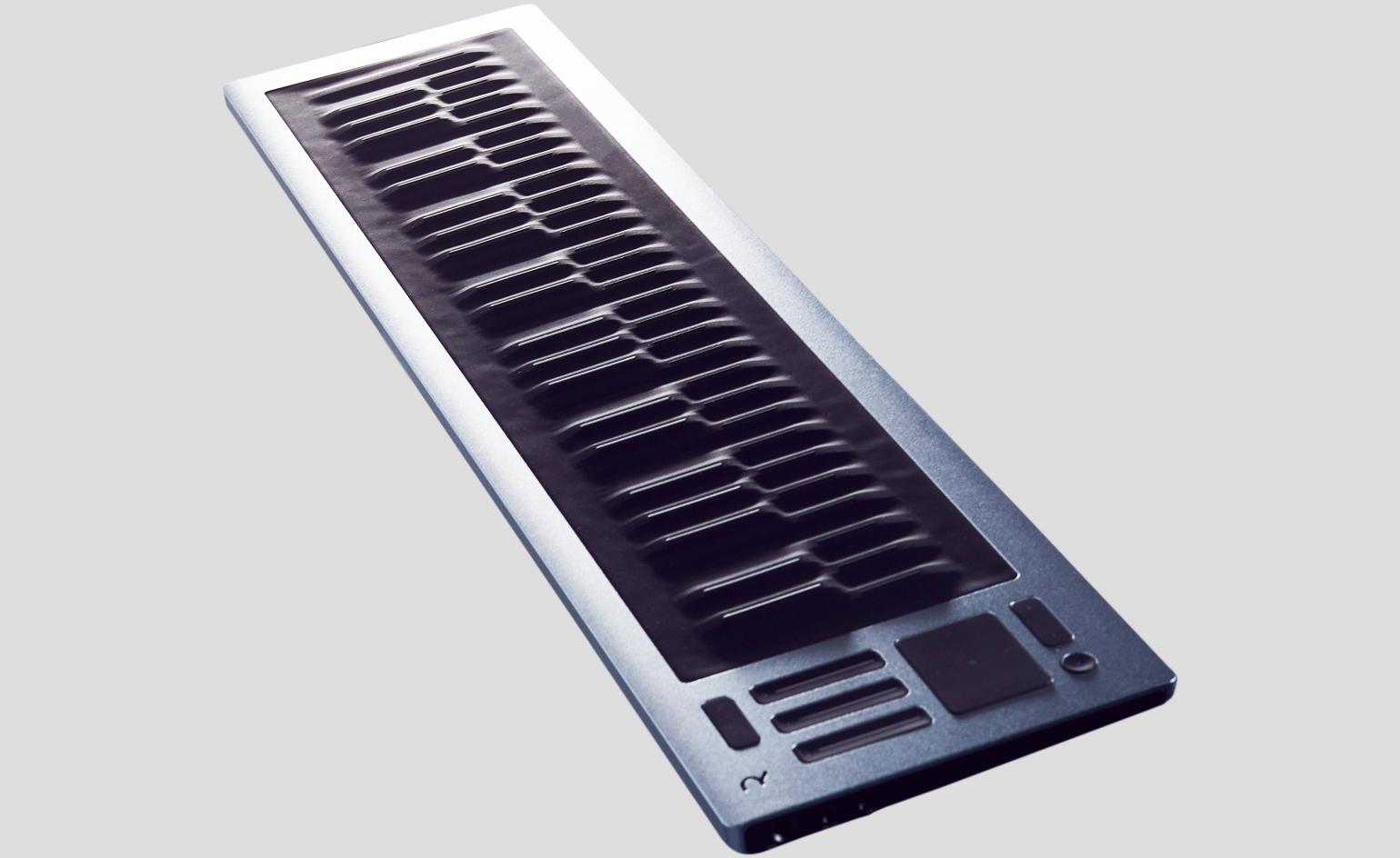
The idea of a musical keyboard dates back to antiquity, before being finessed throughout the Middle Ages through the invention and development of the organ. The percussive pianoforte, invented by Bartolomeo Cristofori in the early 18th century, took its modern form in the 1880s, when the German-American manufacturer Steinway introduced the now-familiar 88-note keyboard. And that was effectively that, with the form factor staying the same into the modern era, even if shapes, sizes, and mechanisms were sometimes switched around.
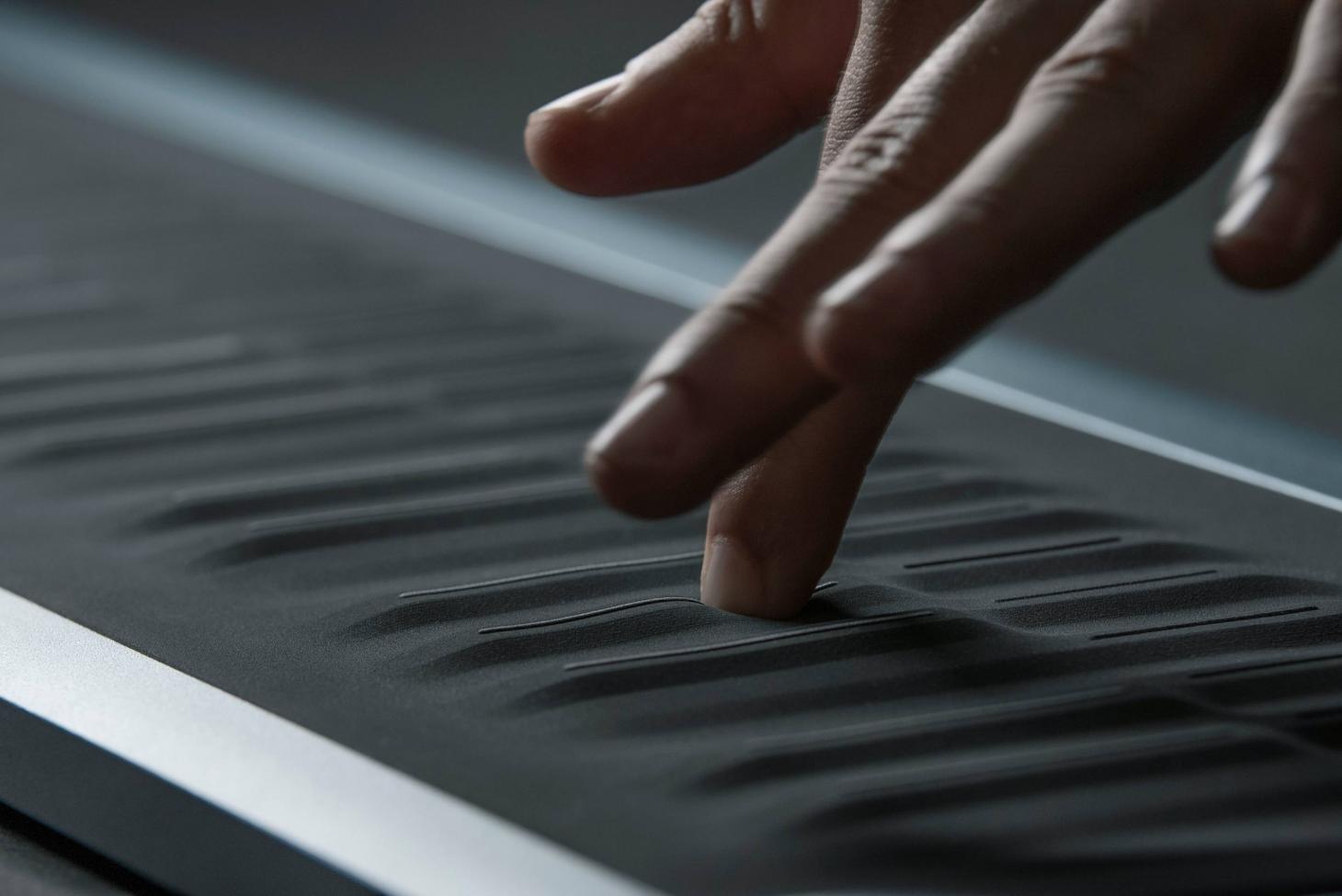
A musician playing an analogue instrument can convey limitless levels of expression through their technique. In comparison, even the most sophisticated digital keyboard can only replicate the velocity of each keystroke.
In 2009, the philosopher-turned-designer Roland Lamb invented the Seaboard. Lamb was studying at the RCA at the time, and his prototypes evolved into the Seaboard Rise, manufactured by his company Roli and introduced in 2015.
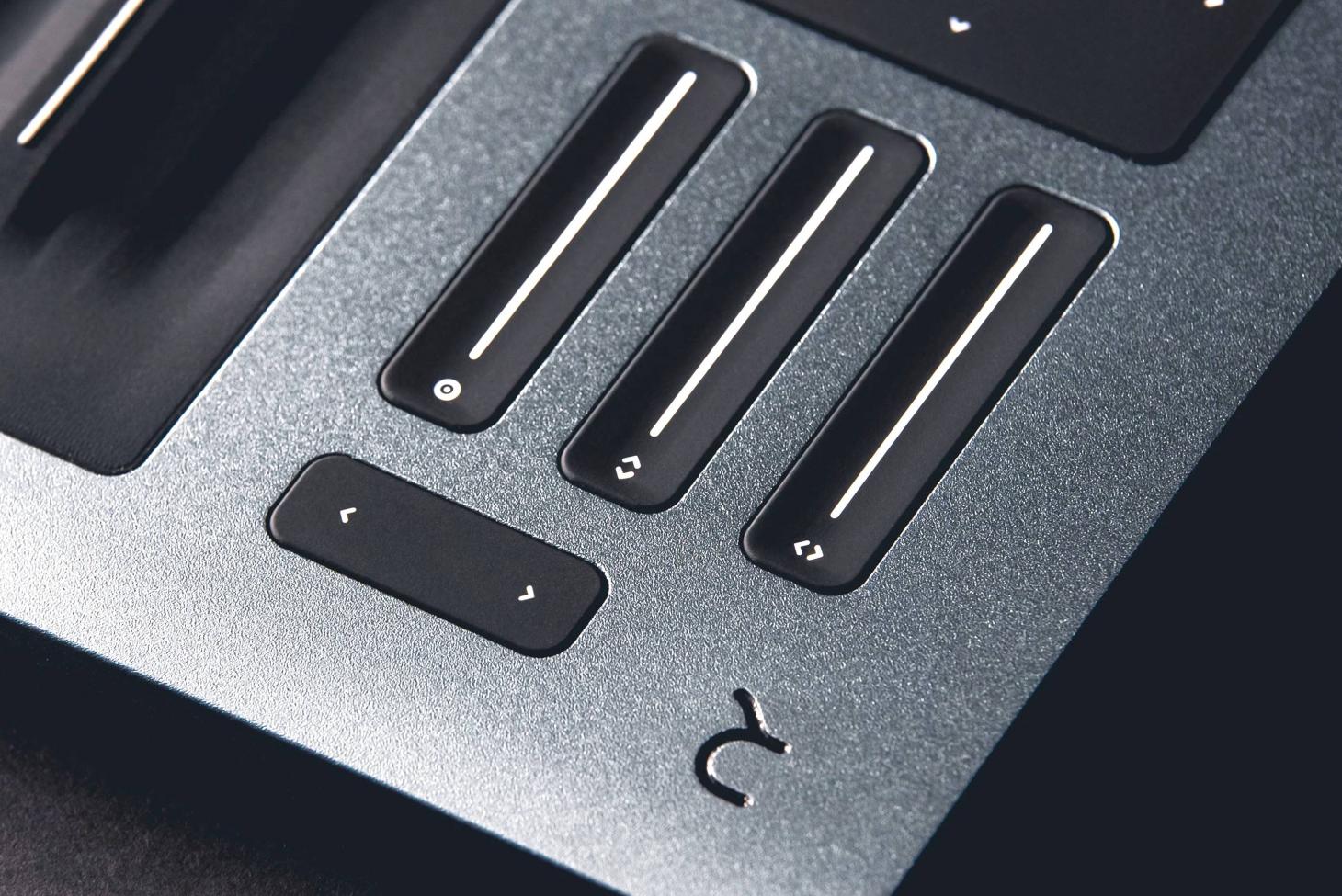
Lamb, a keen jazz pianist, translated the traditional piano keyboard into a truly new instrument through a combination of material innovations and additional sensors. Shaped from a continuous silicone surface, each ‘note’ on the Seaboard Rise is not simply played, but capable of being manipulated in real time, with pitch, volume, and timbre coming to life under your fingertips.
The Seaboard Rise offered a quiet revolution in electronic music. Musicians as varied as Drake and Ed Sheeran have recorded with it, and the design won an IF Design Gold award in 2016, while Lamb received the 2014 Swarovski Emerging Talent award at the 2014 London Design Medals.
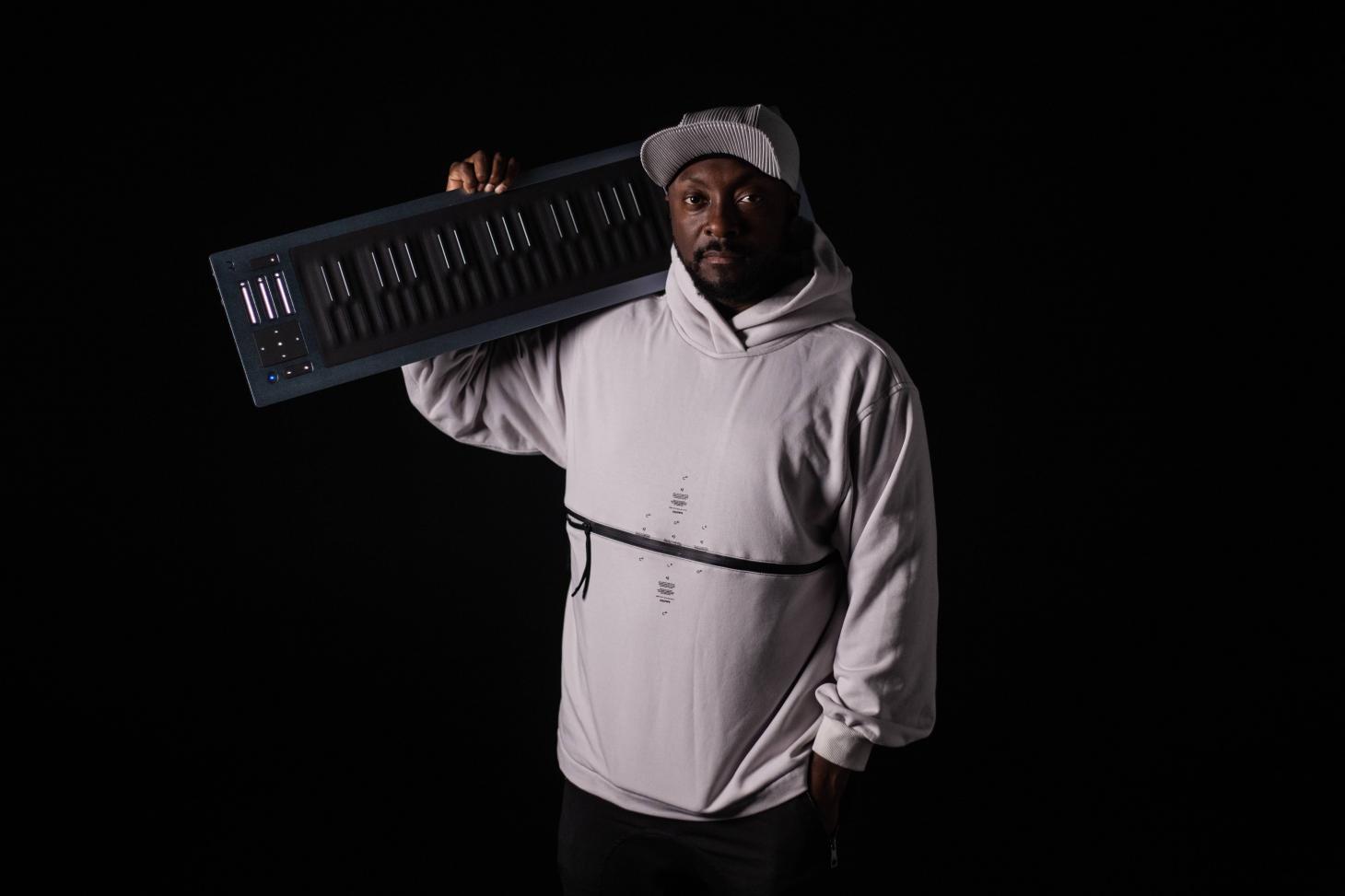
Will.i.am is one of the Seaboard's biggest advocates
Now Roli has launched Seaboard Rise 2, which takes the original concept to another level with new technology, connectivity, and materials. The Rise 2 features a re-engineered playing surface, with a more tactile material that’s easier to navigate thanks to raised ‘frets’ on each key.
The keyboard’s chassis is now platinum-blue aluminium, giving the Rise 2 more stage presence than its predecessor, and there’s much better compatibility thanks to USB-C and a dedicated MIDI Port.
Wallpaper* Newsletter
Receive our daily digest of inspiration, escapism and design stories from around the world direct to your inbox.
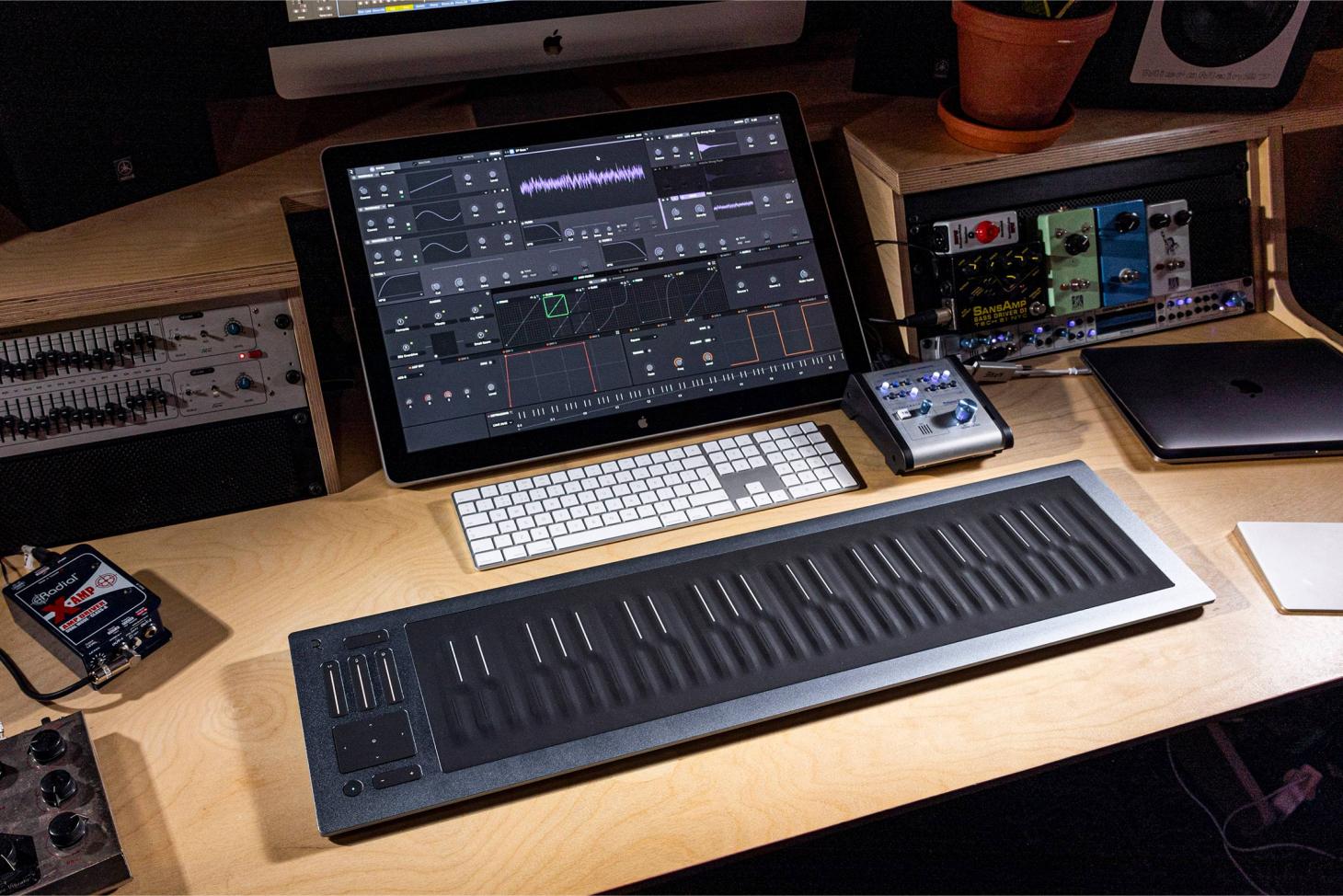
The original Seaboard used MIDI Polyphonic Expression (MPE) to bring expressionist playing to every note, and this important musical standard has now been officially adopted worldwide, meaning more and more software will be able to accommodate it. Right now, the best software synthesiser for the job is Roli’s own Equator2, which comes bundled with the keyboard.
‘Rise 2 is easier to play, more durable and a more beautiful, expressive experience than ever before,’ Lamb says. ‘After ten years of development, it marks the transition of the Seaboard and expressive electronic instruments from a fledgling, peripheral project to an increasingly central part of how digital music is made. We’re deeply excited for the Seaboard community to continue to grow and thrive.’
INFORMATION
ROLI Seaboard RISE 2, $1,399, £1,099, €1,299
Currently available only from ROLI.com
Jonathan Bell has written for Wallpaper* magazine since 1999, covering everything from architecture and transport design to books, tech and graphic design. He is now the magazine’s Transport and Technology Editor. Jonathan has written and edited 15 books, including Concept Car Design, 21st Century House, and The New Modern House. He is also the host of Wallpaper’s first podcast.
-
 Put these emerging artists on your radar
Put these emerging artists on your radarThis crop of six new talents is poised to shake up the art world. Get to know them now
By Tianna Williams Published
-
 Dining at Pyrá feels like a Mediterranean kiss on both cheeks
Dining at Pyrá feels like a Mediterranean kiss on both cheeksDesigned by House of Dré, this Lonsdale Road addition dishes up an enticing fusion of Greek and Spanish cooking
By Sofia de la Cruz Published
-
 Creased, crumpled: S/S 2025 menswear is about clothes that have ‘lived a life’
Creased, crumpled: S/S 2025 menswear is about clothes that have ‘lived a life’The S/S 2025 menswear collections see designers embrace the creased and the crumpled, conjuring a mood of laidback languor that ran through the season – captured here by photographer Steve Harnacke and stylist Nicola Neri for Wallpaper*
By Jack Moss Published